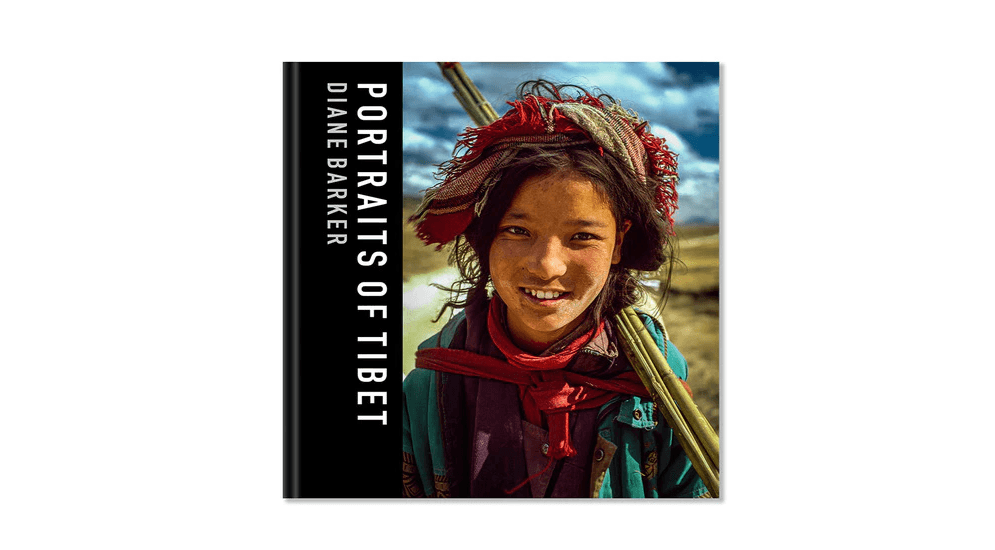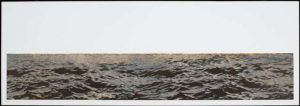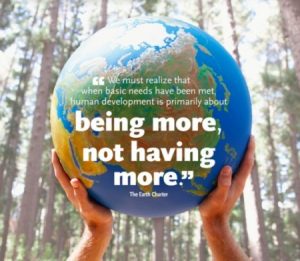Some of the most insightful and enlightening visual tales belong to that most intimate of social circles and domestic interaction: the family. We might expect a community clinging to traditional ways of networking with and relating to the world to behave rather traditionally when it comes to family. Yet this dichotomy of old and new or conservative and progressive simply does not work for the story of photographer Diane Barker and her Tibetan family. Over a period of 19 years, from 2000 to 2019, Barker was able to enter into the private, domestic circles of nomad (drokpa) families residing in Kham and Amdo, in the provinces of Sichuan, Gansu, and Qinghai. She went there every year, and the photos she took comprise her newly released photographic collection by Bird Eye Books, Portraits of Tibet (2022).
In this book, Barker reveals that she was adopted into the Dong Tsang clan and became a close friend to many other families. This extraordinary relationship of trust has allowed her to offer a beautiful collection of photos that have an almost movie-like quality to them, except that these people are neither actors nor on an expensive set. Their attire, smiles, and bond with Barker could not be more real. It is useful to keep in mind this unique relationship while enjoying the photos in this anthology.
Her photography “methodology,” if there is one, is what one could call a sympathetic meditation on the nomadic lifestyle. This lifestyle is, to use the overused word, unique, which Diane calls being characterized by independence, hospitality, and a sense of fun. She feels that her subjects have an “unusual, primordial sort of power and dignity,” with a “raw energy” and “tremendous vitality.” She suggests:
I want to show the people I photograph with as much compassion and dignity as possible. When I stay with a family there is a necessary trust and I try to be a peaceful presence, respectful and unobtrusive, so that the images reflect a certain relaxed intimacy. I look at a Tibetan nomad mother with her child, see the way the light falls on them both and marvel at the beauty, the colour, the tenderness. They have allowed me into their lives, which is an enormous privilege. When on the move, travelling around with Tibetan friends, I also come across scenes spontaneously – dusty pilgrims returning from circumambulating a mountain, swaggering guys on the street shopping or hanging out together, devoted local families at monastery festivals, drokpa friends chatting in a cafe. I still don’t speak Tibetan, even after all these years, but that allows me to concentrate on being still and just looking while my Tibetan friends do all the talking and my hosts relax.
(13)
The book is fittingly structured around the images that Barker has taken. Interspersed throughout the chapters are quotes and reflections on the everyday lives of her subjects. Barker writes about how a family uses the hair of a black yak to make their tent, or how the annual Monlam festival is celebrated with the nuns of Gebchak Gonpa. She provides a glimpse into the various daily concerns and interests of the drokpa, unfiltered and the furthest as possible from lofty or unblemished. The high-definition quality of her photography helps to capture windswept countenances weathered by a robust yet revitalizing high altitude weather, ruddy red cheeks and uneven teeth, dirt, smears, and soil, stains and wrinkles. Real things, undeniable life. The people are beautiful because they are natural, expressed through cheeky smiles, turned heads, and even expressions that conceivably say, “Oh, you’re taking a photo?” Some look more prepared than others, but everyone’s poses are picturesque precisely because they are movements that we know they would be doing if Barker’s camera was not around.
If Barker has an “aesthetic” at all, it is her fondness for contrasts between light and dark in interior shots. The shadows swallow up any mistaken sense that our subjects are “primitive,” accentuating the intricacy of the nomadic families’ household décor, their functional as well as jubilantly festive (sometimes both) outfits, or their body language and movements, which are captured with minimal pretense or preparation. Exterior shots are simpler, in a way—the vivid colors of drokpa clothes and their stunning, pristine surroundings (from the lush grassland atop slopy hills to the hauntingly expansive mountain ranges) provide all the aesthetics needed.

This is not just a romantic holiday during which Barker, however integrated into the nomads’ familial circles, simply frolics about the Kham and Amdo mountainscapes taking idyllic images. Indeed, her chronicle of the world of the drokpa is filled with hard questions relevant to anyone observing the rapid technological changes overtaking not only traditional communities, but across the world. Such questions are unforced because they are posed as reflections that concern the big questions of 21st century modernity. For example, she makes no secret of her concern that education—at least, the way contemporary society conceives of it (as purely mechanical and developmental, a vehicle to career advancement and material accumulation)—might not be all positive. In fact, some of the principles of modern education might go against the values the nomads have traditionally upheld. She observes:
On the one hand, in (sic) remote rural areas of Tibet have until recently been hampered by a lack of education, finding it particularly hard to advance in more “modern” society and so climb out of poverty. On the other hand, something beautiful has been left alone, a way of living that is less concerned with materialism and rationalism than it is in stillness and visionary experience.
(31)
The nomadic way of life is under pressure due to the combined forces of modernization and urbanization. Yet Barker is optimistic that precisely because the Tibetan nomads’ way of life is so unique and rare throughout China and indeed, in the entire world, that their “self-sustaining, simple lifestyle of freedom lived in harmony with and respect for the land” will endure. (82) What is perhaps more important is a sustained and patient effort to educate the wider world by those that believe in the drokpa’s way of life. No doubt Barker’s book goes some way to this effort, and evolving technology and techniques like social media are already transforming how people come into contact with this kind of content.
There are further ethical questions to be asked about whether everyone can emulate Barker’s path, or if, in an age of growing ecological crisis, new models need to be conceived to secure the nomads’ economic wellbeing—on their own terms—while upgrading contacts and communications that foster productive, mutual understanding. But even if we can get there, what is next for these unique people? Barker leaves this question open for our rumination.
Reference
Diane Barker. 2022. Portraits of Tibet. Llanelli, Wales: Bird Eye Books.
Related features from BDG
Visions of Spiritual Ecology: Diane Barker’s Photography of Tibetan Nomadic Life in China
Dzongsar Jamyang Khyentse Rinpoche on Biodiversity Conservation and the Illegal Wildlife Trade
Engaged Buddhism – Inspiring Food Justice Ventures
Seeing And Revering Nature With Love: Trees Of Dharamsala By Nicholas Vreeland


















